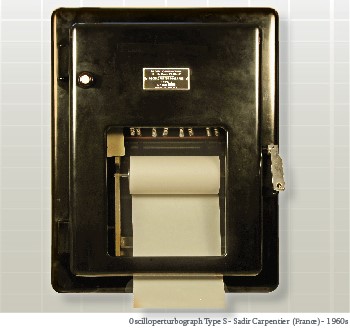
Sadir Carpentier (France) – 1960s
We live at the time of digital substations, IEC 61850 sampled values and GOOSE messages, IEEE 1588 precision time synchronization – all amazing technologies that allow us to record and analyze any short circuit fault or other abnormal electric power system event.
But that is not how things have always been.
Once upon a time we lived in an electromechanical world and when a fault occurred, we only knew it because the breaker tripped. That was all we knew. Why did the protection relay operate, when did it operate, what kind of fault it was, where it was – a lot of important questions that were extremely difficult to answer and may require patrolling a transmission line to find out something?
That is why some improvements in electromechanical protection relays included the addition of targets indicating that the relay operated, and eventually which was the faulted phase. But what were the pre-fault conditions, what were the short circuit currents and voltages causing the operation – we had no clue.
To solve this problem some utilities started using electromechanical recording devices called oscilloperturbographs.
They were developed in the 1950s and they had to find a way to record some of the pre-fault and the fault currents and voltages. Well, not easy to do with an electromechanical device.
Recording the pre-fault and initial fault conditions is the tricky part. So, what they did in the device shown in the picture was to use an inked cylinder, constantly rotating, on which draw styles of oscillographic representations for analog signals and the so-called tops for signaling. The record is backed up, by a signal from the protections, by applying the paper of a roll, about 1/4 turn after the location of the tracing, which achieves a “memory” of about 0.5 s. The cylinder is re-created 1/4 turn after, which erases the record.
So, we had a recording, but still it was of poor quality, there was no time stamp, the devices needed a lot of maintenance, etc.
That is why, after reading the articles in this issue of the magazine we should really appreciate all the tools available to us today to record and analyze disturbances in the electric power grid.








